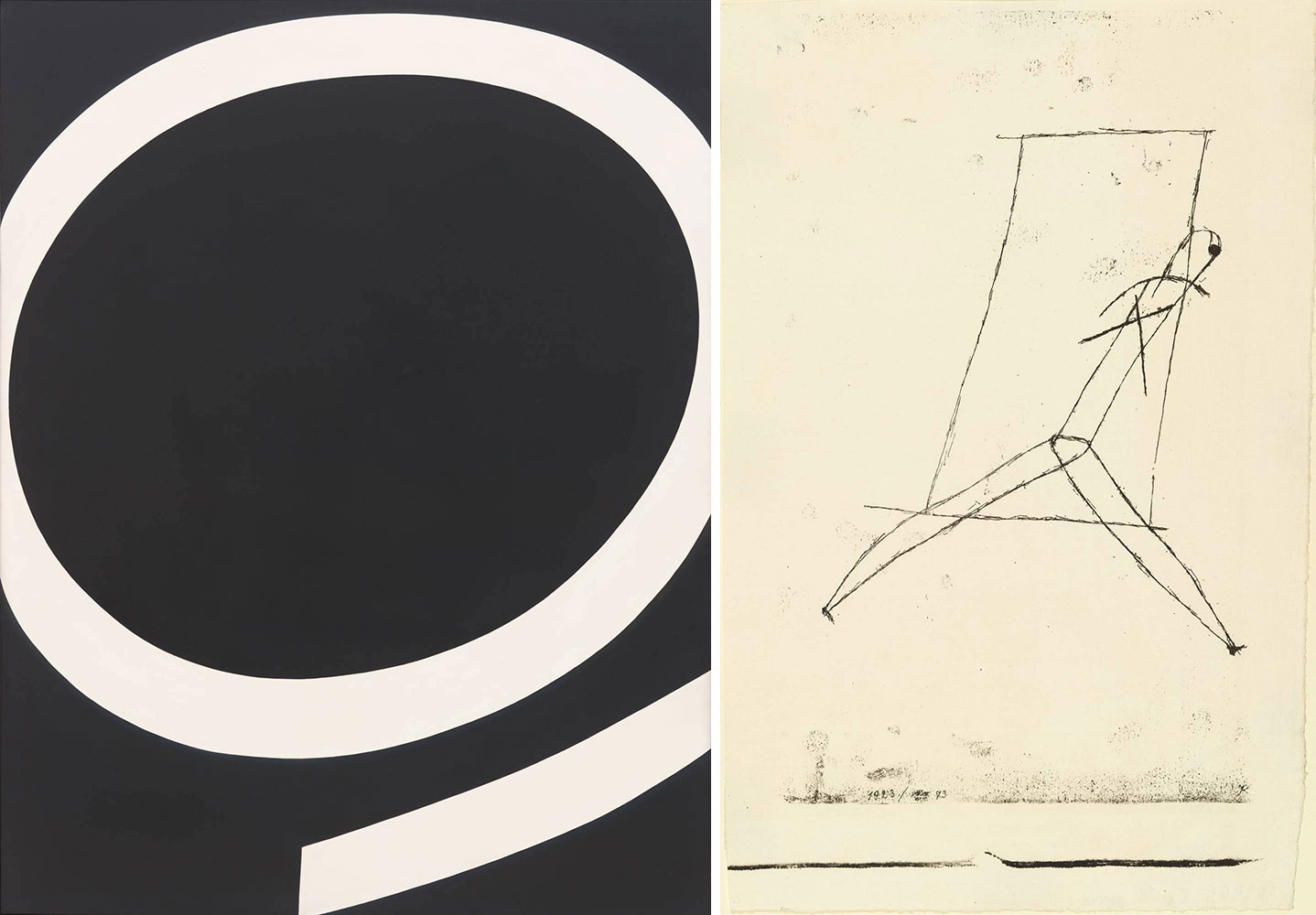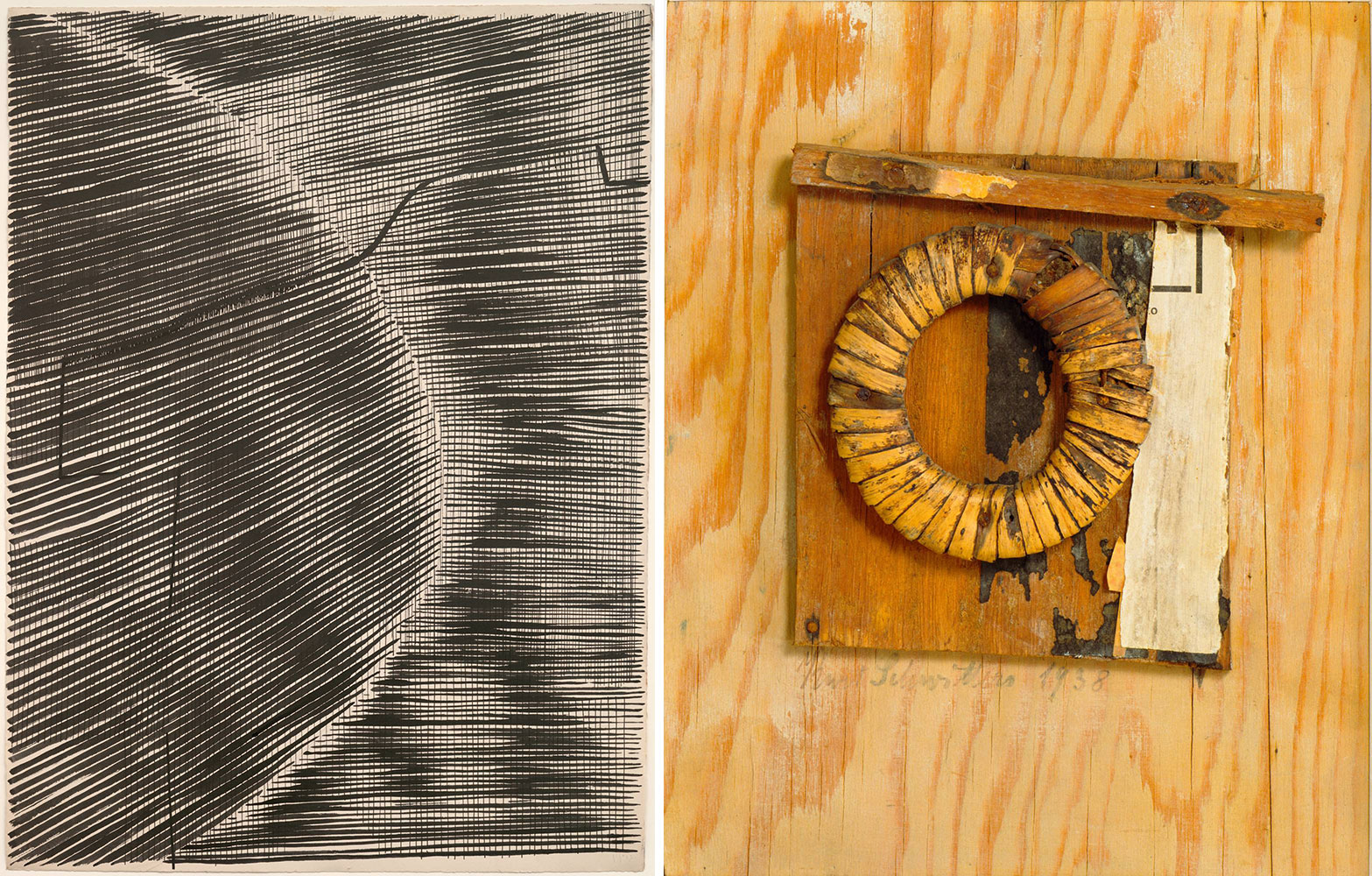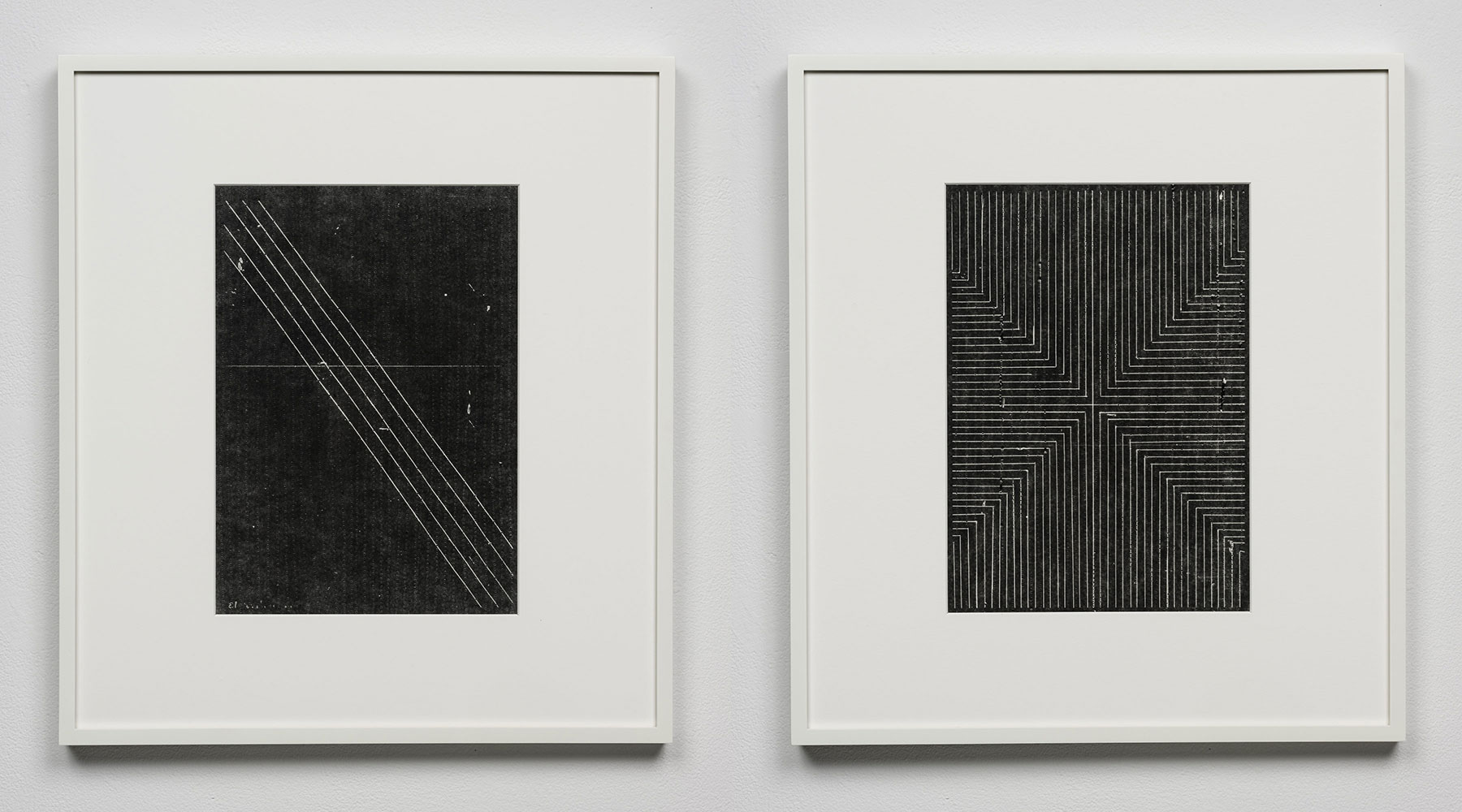ART CITIES:N.York-Artist’s Choice:Yto Barrada
 In the latest edition of “Artist’s Choice” exhibition series, MoMA presents “Artist’s Choice: Yto Barrada-A Raft”, an exhibition of works from MoMA’s collection selected by Barrada, an artist known for her multidisciplinary investigations of cultural phenomena and historical narratives. For the exhibition Yto Barrada gathered 60works from the Museum’s Collection that resonate with the ideas and work of the French social work pioneer and writer Fernand Deligny.
In the latest edition of “Artist’s Choice” exhibition series, MoMA presents “Artist’s Choice: Yto Barrada-A Raft”, an exhibition of works from MoMA’s collection selected by Barrada, an artist known for her multidisciplinary investigations of cultural phenomena and historical narratives. For the exhibition Yto Barrada gathered 60works from the Museum’s Collection that resonate with the ideas and work of the French social work pioneer and writer Fernand Deligny.
By Efi Michalarou
Photo: MoMA Archive
Yto Barrada’s exploration centers on Fernand Deligny’s work from the late 1960s, when he lived together with other volunteers and children with intellectual and developmental disabilities in an informal network in rural France; this was an attempt to create a new way of living “outside language,” adapted for the nonverbal children. Deligny called this network “a raft,” envisioning it as lightweight and maneuverable and requiring constant maintenance—an alternative to the “cargo ships” of the psychiatric institutions. Particularly resonant today, Deligny’s emancipatory ideas are being rediscovered widely, by philosophers, psychoanalysts, anthropologists, filmmakers, and artists. For Barrada, “Deligny’s search for new maps and modes of being represent a vital heritage for artists”. In bringing together selected works by artists including Anni Albers, Vito Acconci, Louise Bourgeois, Lygia Clark, David Hammons, and Bruce Nauman with films, maps, writings, and photographs that document Deligny’s revolutionary project, Barrada invites audiences to consider art in relationship to language, in ways that might inspire beyond the exhibition.
Yto Barrada is recognized for her multidisciplinary investigations of cultural phenomena and historical narratives. Engaging with the performativity of archival practices and public interventions, Barrada’s installations reinterpret social relationships, uncover subaltern histories, and reveal the prevalence of fiction in institutionalized narratives. Barrada arrived at her artist practice through studies of history and political science, particularly in the negotiation of political and personal experiences. Her work was introduced for the first time in the group exhibition “Impressions d’Afrique du Nord “at the Institut du Monde Arabe, Paris (1998), in which she presented photographs of subjects taken in Israel and Morocco. Barrada’s first series of photographs, “A Life Full of Holes” (1998–2004), used the Strait of Gibraltar as a site of inquiry, examining its status as a border between North Africa and Europe and its impact on the residents of Tangier. Much of Barrada’s work has since focused on borderlands, microhistories, and autonomous agency within a political landscape. Interested in developing a platform for cross-cultural dialogue and exchange, She founded the non-profit Cinémathèque de Tanger in 2006. Tangier’s first and only repertory cinema and archive, the Cinémathèque operates out of a restored 1930s theatre known as the Cinema Rif, located in one of the city’s main squares. In 2007, Barrada was selected to participate in the Venice Biennale, where she presented her “Public Park—Sleepers” series (2006-07), wherein photographs of wild irises and men napping in parks become allegories of resistance and spontaneity in the face of civic and commercial development. In keeping with her exploration of identity, economics, and notions of authenticity, Barrada’s exhibition “Faux Guide” (2015), focused on the fossil and mineral trade as an aspect of cultural production. Using museum collection practices as conceptual strategies, the artist’s multifaceted exhibition reflected on acts of subversion within tourist economies. Informed by postcolonial thought and socio-political concerns, Barrada’s interests range from the tensions around borders, immigration, and tourism to the urban landscape, and from children’s toys to botany and paleontology. Her practice encompasses photography, film, sculpture, painting, printmaking, and publishing, while her installations are often comprised of both original work and found objects.
Photo: Left: Ellsworth Kelly. Running White. 1959. Oil on canvas. 7′ 4″ x 68″ (223.6 x 172.2 cm). Purchase. © 2021 Ellsworth Kelly. 9.1960, Right: Paul Klee. Striding Out. 1923. Lithograph. composition (irreg.): 10 1/8 x 6 1/8″ (25.7 x 15.5 cm); sheet (irreg.): 11 11/16 x 7 11/16″ (29.7 x 19.5 cm). Publisher: unpublished. Printer: Staatliches Bauhaus, Weimar. Edition: approx. 6. The Museum of Modern Art, New York. Gift of Victor S. Riesenfeld. © 2021 Artists Rights Society (ARS), New York / VG Bild‑Kunst, Bonn. 339.1948
Info: Organized by Yto Barrada with Lucy Gallun and River Encalada Bullock, MoMA, 11 West 53 Street, Manhattan, New York, Duration: 8/5/2021-9/1/2022, Days & Hours: Mon-Fri & sun 10:30-17:30, Sat 10:00-19:00 (by advance timed ticket, book here), www.moma.org


Right: Kurt Schwitters. Untitled (Picture with Basket Ring). 1938. Wood, rattan ring, paper, iron, and steel nails on wood. 15 x 11 3/4″ (38.1 x 29.8 cm). The Riklis Collection of McCrory Corporation. © 2021 Artists Rights Society (ARS), New York / VG Bild Kunst, Bonn

Right: Yto Barrada. Practice Piece (Sewing Exercise 4B). 2019. Gelatin silver print, 14 x 11 in (35.6 x 27.9 cm) unframed. Courtesy of the artist and Pace Gallery, Sfeir-Semler Gallery, and Galerie Polaris © 2021 Yto Barrada
